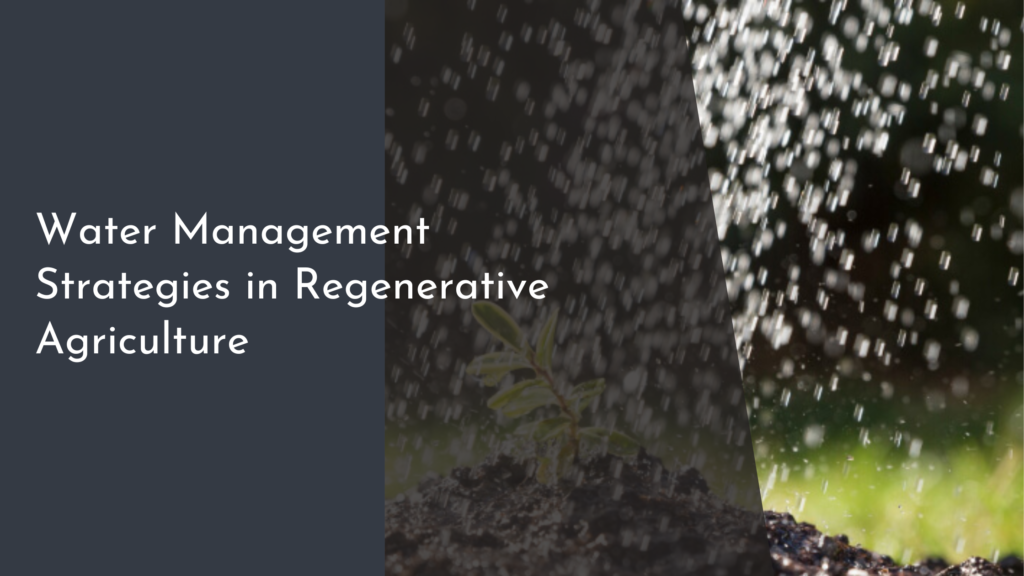Rainwater Harvesting for Urban Drainage and Flood Control
As urbanization continues to rise, cities around the world face increasing challenges related to drainage and flood control. Traditional drainage systems often struggle to cope with heavy rainfall, leading to costly flooding and infrastructure damage. However, innovative solutions such as rainwater harvesting are emerging as effective strategies for managing urban water resources. This article explores the myriad benefits of rainwater harvesting, its innovative applications in urban settings, and its potential to transform flood-prone areas into resilient urban spaces.
Discover the Benefits of Rainwater Harvesting Today!
Rainwater harvesting presents a multitude of advantages for urban environments. First and foremost, it helps alleviate the burden on overwhelmed drainage systems by capturing and storing rainwater before it enters the sewer system. This not only reduces the risk of flooding but also minimizes the need for costly infrastructure upgrades. Moreover, harvested rainwater can be utilized for non-potable purposes, such as irrigation, toilet flushing, and even cooling systems, offering a sustainable alternative to municipal water supplies.
In addition to its practical applications, rainwater harvesting promotes environmental sustainability. By decreasing reliance on groundwater and municipal sources, cities can lower their ecological footprint and preserve valuable natural resources. Furthermore, this practice encourages community engagement and awareness regarding water conservation. As urban populations grow and climate variability increases, embracing rainwater harvesting can contribute significantly to creating a resilient urban water management system.
Innovative Solutions for Urban Drainage Challenges
Urban drainage challenges often stem from inadequate infrastructure, increased impervious surfaces, and climate change. Innovative rainwater harvesting systems, such as green roofs, rain gardens, and permeable pavements, can effectively mitigate these issues. Green roofs, for instance, not only provide insulation and aesthetic value but also absorb rainwater, reducing runoff. Meanwhile, rain gardens can be designed to capture and filter rainwater, allowing it to slowly infiltrate the ground rather than overwhelming drainage systems.
Permeable pavements are another innovative solution that allows rainwater to seep through surfaces, reducing runoff and replenishing groundwater supplies. These technologies can be integrated into new developments or retrofitted in existing urban areas to create more sustainable drainage systems. By incorporating these innovative approaches, cities can enhance their resilience to extreme weather events while also creating beautiful and functional green spaces.
How Rainwater Harvesting Reduces Flood Risks Effectively
The effectiveness of rainwater harvesting in reducing flood risks is evident through its ability to manage stormwater at the source. By collecting rainwater before it has the chance to contribute to runoff, communities can significantly decrease the volume of water entering drainage systems during heavy rains. This proactive approach not only helps prevent flooding but also reduces the stress placed on existing infrastructure, extending its lifespan and reducing maintenance costs.
Moreover, rainwater harvesting can help cities adapt to the impacts of climate change, which often brings more intense rainfall events. By implementing strategic harvesting systems, urban planners can create a robust framework that captures excess water during storms and reuses it during dry periods. This dual benefit not only curtails flood risks but also enhances water availability in times of scarcity, striking a balance that is crucial for sustainable urban living.
Transforming Cities: A Bright Future with Rainwater!
The transformative potential of rainwater harvesting extends beyond mere flood control; it can reshape cities into greener, more sustainable environments. By investing in rainwater harvesting infrastructure, cities can create vibrant community spaces that promote ecological health and social well-being. Parks, community gardens, and green corridors powered by harvested rainwater can beautify streetscapes while providing residents with access to nature and recreational opportunities.
As more cities adopt rainwater harvesting practices, they pave the way for a future where urban living harmonizes with nature. Public awareness campaigns and educational initiatives are vital to encouraging community participation in these systems. With collaborative efforts from governments, businesses, and citizens, urban areas can harness the power of rainwater harvesting to create resilient, adaptive cities that thrive in the face of environmental challenges.
In conclusion, rainwater harvesting offers a joyous and sustainable solution to urban drainage and flood control challenges. By embracing innovative practices and fostering community engagement, cities can not only alleviate flooding risks but also promote a greener and healthier urban landscape. As we look to the future, let’s champion rainwater harvesting as a valuable tool for transforming urban spaces into resilient and vibrant communities, ensuring a better quality of life for all.

